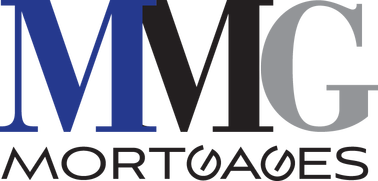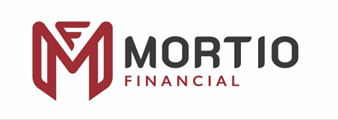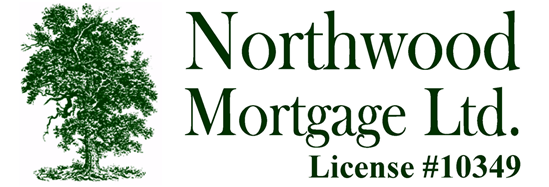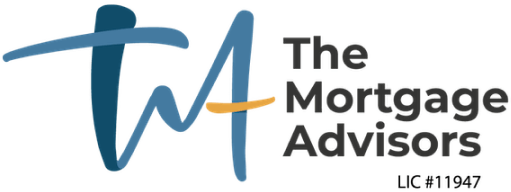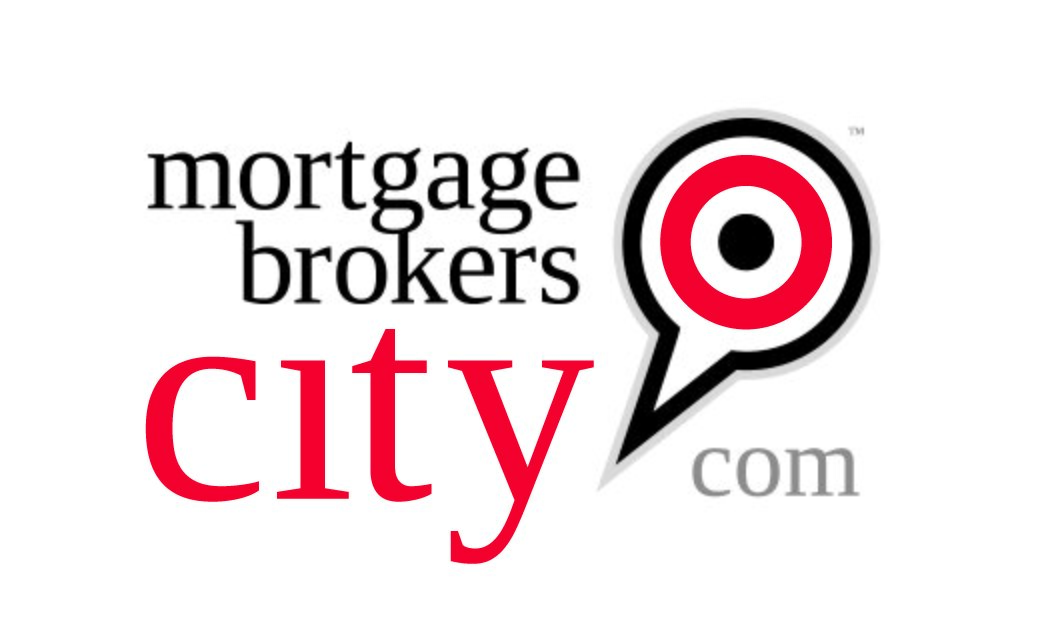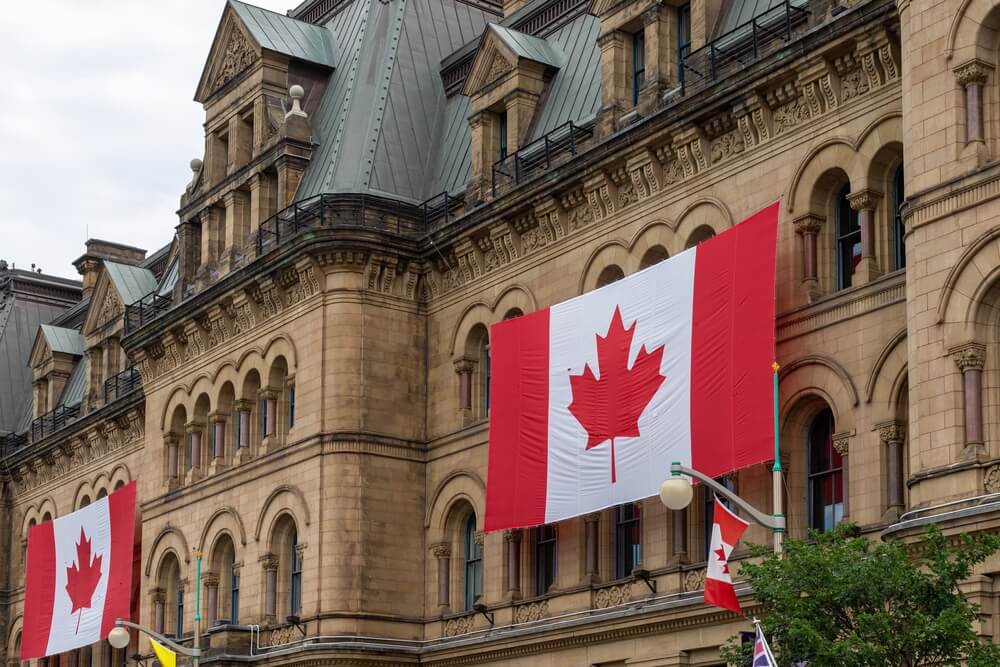The Best 10-Year Fixed Mortgage Rates
Compare the latest 10-year fixed rates from major banks, credit unions and mortgage brokers.
Today's Best Mortgage Rates in Canada
Evaluate Canada's best 10-year fixed mortgage rates in one place. RATESDOTCAs Rate Matrix lets you compare pricing for all key mortgage types and terms.
Rates are based on an average mortgage of $500,000 and subject to change based on filter criteria.
Updated 17:51 on Jul 15, 2025| Placeholder |
Insured
The rates in this column apply to borrowers who have purchased mortgage default insurance.
This is required when you purchase a home with less than a 20% down payment.
The home must be owner-occupied and the amortization must be 25 years or less.
|
80% LTV
The rates in this column apply to mortgage amounts between 65.01% and 80% of the property value. The home must be owner-occupied and have an amortization of 25 years or less. You must have purchased it for less than $1 million. These rates are not available on refinances. Refinances require "Uninsured" rates.
|
65% LTV
The rates in this column apply to mortgage amounts that are 65% of the property value or less. The home must be owner-occupied and have an amortization of 25 years or less. You must have purchased it for less than $1 million. These rates are not available on refinances. Refinances require "Uninsured" rates.
|
Uninsured
The rates in this column apply to purchases over $1 million, refinances and amortizations over 25 years. More info on the differences between insured and uninsured rates.
|
Bank Rate
Bank Rate is the mortgage interest rate posted by the big banks in Canada.
|
|---|---|---|---|---|---|
| 1-year fixed rate | 4.99% | 4.79% | 4.79% | 5.59% |
5.49%
|
| 2-years fixed rate | 4.04% | 4.34% | 4.34% | 4.54% |
4.79%
|
| 3-years fixed rate | 3.87% | 4.09% | 4.09% | 4.24% |
4.29%
|
| 4-years fixed rate | 4.09% | 4.15% | 4.15% | 4.44% |
4.39%
|
| 5-years fixed rate | 3.91% | 3.89% | 3.89% | 3.91% |
4.09%
|
| 7-years fixed rate | 5.19% | 5.00% | 5.00% | 5.19% |
5.00%
|
| 10-years fixed rate | 5.24% | 5.24% | 5.24% | 5.29% |
6.09%
|
| 3-years variable rate | 4.40% | 4.30% | 4.30% | 4.40% |
6.35%
|
| 5-years variable rate | 4.04% | 4.04% | 4.04% | 4.05% |
4.25%
|
| HELOC rate | N/A | N/A | N/A | N/A |
N/A
|
| Stress Test | 5.25% | 5.25% | 5.25% | 5.25% |
N/A
|
Today's Best Mortgage Rates in Canada
Evaluate Canada’s best mortgage rates in one place. You can compare the most current mortgage rates and monthly payments from 175+ banks and lenders across Canada.
Rates are based on an average mortgage of $500,000 and subject to change based on filter criteria.
| Lender
|
Insured
|
Insurable
|
Uninsured
|
|---|---|---|---|
|
MMG Mortgages
|
3.99%
$2,627.39 / month
|
4.19%
$2,681.85 / month
|
4.14%
$2,668.19 / month
|
|
Mortio Financial Corp
|
3.99%
$2,627.39 / month
|
4.24%
$2,695.56 / month
|
4.14%
$2,668.19 / month
|
|
Northwood Mortgage Ltd.
|
4.14%
$2,668.19 / month
|
4.24%
$2,695.56 / month
|
4.24%
$2,695.56 / month
|
|
Innovation Federal Credit Union
|
4.39%
$2,736.87 / month
|
4.39%
$2,736.87 / month
|
4.39%
$2,736.87 / month
|
|
True North Mortgage
|
2.99%
$2,363.66 / month
|
2.99%
$2,363.66 / month
|
2.99%
$2,363.66 / month
|
|
The Mortgage Advisors
|
3.87%
$2,594.98 / month
|
3.87%
$2,594.98 / month
|
3.87%
$2,594.98 / month
|
|
Nesto
|
3.91%
$2,605.76 / month
|
3.91%
$2,605.76 / month
|
3.91%
$2,605.76 / month
|
|
MortgagestoGo
|
3.94%
$2,613.86 / month
|
3.94%
$2,613.86 / month
|
3.94%
$2,613.86 / month
|
|
Hypotheca
|
3.94%
$2,613.86 / month
|
3.94%
$2,613.86 / month
|
3.94%
$2,613.86 / month
|
|
One Link Mortgage & Financial
|
3.95%
$2,616.57 / month
|
3.95%
$2,616.57 / month
|
3.95%
$2,616.57 / month
|
|
Northern Birch Credit Union
|
3.99%
$2,627.39 / month
|
3.99%
$2,627.39 / month
|
3.99%
$2,627.39 / month
|
|
Monster Mortgage
|
3.99%
$2,627.39 / month
|
3.99%
$2,627.39 / month
|
3.99%
$2,627.39 / month
|
|
Sudbury Credit Union
|
3.99%
$2,627.39 / month
|
3.99%
$2,627.39 / month
|
3.99%
$2,627.39 / month
|
|
The Police Credit Union
|
3.99%
$2,627.39 / month
|
3.99%
$2,627.39 / month
|
3.99%
$2,627.39 / month
|
|
Mainstreet Credit Union
|
3.99%
$2,627.39 / month
|
3.99%
$2,627.39 / month
|
3.99%
$2,627.39 / month
|
|
City Wide Financial Corp
|
3.99%
$2,627.39 / month
|
3.99%
$2,627.39 / month
|
3.99%
$2,627.39 / month
|
|
East Coast Mortgage Brokers
|
4%
$2,630.10 / month
|
4%
$2,630.10 / month
|
4%
$2,630.10 / month
|
|
Mortgage Brokers City Inc
|
4.04%
$2,640.95 / month
|
4.04%
$2,640.95 / month
|
4.04%
$2,640.95 / month
|
|
Prospera Credit Union
|
4.04%
$2,640.95 / month
|
4.04%
$2,640.95 / month
|
4.04%
$2,640.95 / month
|
|
First Credit Union
|
4.29%
$2,709.29 / month
|
4.29%
$2,709.29 / month
|
4.29%
$2,709.29 / month
|
|
First National Financial
|
4.34%
$2,723.07 / month
|
4.34%
$2,723.07 / month
|
4.34%
$2,723.07 / month
|
10-year fixed mortgages
Ten-year mortgages give you a decade of rate stability. That’s the good news.
The bad news: peace of mind comes at a cost.
Historically, 10-year terms have had limited appeal to borrowers—only about 1 in 20 mortgage shoppers choose a 10-year term.
Most people avoid decade terms because they don’t want to be tied to a rate for so long, but also because better rates are always found on short-term fixed and variable mortgages.
For some, however, the benefit of knowing what your mortgage payment will be for the next decade can outweigh rate savings. Luckily for them, decade-long mortgage rates have fallen to historic lows, meaning that price premium is smaller than ever.
Below we examine some of the intricacies of 10-year mortgage terms, as well as their benefits and drawbacks.
Pros of a 10-year fixed mortgage
These are the top advantages of a 10-year mortgage term:
- Today’s rates are a bargain. In 2019, 10-year mortgage rates were priced over 4.00%. Today, nationally available 10-year rates are approaching 2.50% (as of Sept. 2020). That’s a historical pittance for 10 full years of rate stability.
- Convenience. One of the benefits people see in a 10-year term is not having to renew their mortgage, versus shorter-term rates. This avoids some hassle and prevents you from having to requalify as early, but—most importantly—it protects you from the rate risk (i.e., the potential of renewing into a higher rate earlier).
- Ideal for investors. Those who invest in income properties place a high value on cash flow stability, and 10-year mortgage terms can offer that. For investors, that long-term rate/payment stability usually comes with tax deductible interest, lessening rate concerns somewhat.
Cons of a 10-year fixed mortgage
The following are some of the potential drawbacks of choosing a 10-year fixed mortgage:
- Higher interest cost. Mortgage shoppers are often willing to pay a rate premium for greater stability, particularly when they believe interest rates are likely to rise in the near-to-medium term. However, 10-year mortgages have historically cost borrowers much more interest compared to floating rates and shorter-term fixed rates. In fact, as of 2020 there’s never been a 10-year period since 1980 when a 10-year mortgage outperformed two consecutive 5-year fixed terms.
- Higher prepayment penalties. We get into this in more detail below, however breaking your 10-year mortgage within the first five years can result in extreme breakage penalties.
- Less flexibility. Only a minority of people keep a home for 10 years. Even those who intend to stay put in their home for the long run can often find their plans change due to unforeseen life circumstances. The longer the term, the greater the odds you will have to renegotiate your mortgage before maturity, which can cost you.
10-year mortgage prepayment penalties
As noted above, people break 10-year terms more frequently than shorter terms. That’s a distinct risk.
The way 10-year terms are structured, if you break your mortgage after the fifth year, your maximum mortgage penalty is just three months’ interest by law.
However, should you need to break the mortgage before the fifth anniversary, you could face an extreme prepayment penalty. That’s particularly true if your mortgage is held by one of the Big Six banks, since their prepayment charges are based on their posted rates, which are artificially inflated compared to lower market rates.
Anyone considering a 10-year mortgage term must be certain they’ll not need to get out of their mortgage for a minimum of five years — to avoid crippling mortgage penalties.
Predicting 10-year fixed mortgage rates
If you want to try to forecast where 10-year rates are headed in the short term, you can look to Canada’s 10-year government bond yield.
While this won’t help determine where rates will be over the long term, 10-year fixed rates do track the 10-year yield’s near-term movements fairly closely.
Another way of predicting 10-year mortgage rates is by looking at their relationship to 5-year fixed mortgage rates. Historically, 10-year mortgages have been priced about 0.9% percentage point higher than comparable 5-year terms.
History of 10-year fixed mortgage rates
Decade-long mortgage rates don’t tend to fluctuate as much as the more popular 5-year fixed rates. But they’ve been slowly trended lower for the past 10 years.
Average discounted 10-year mortgage rates were as high as 6% during the uncertainty of the Financial Crisis in 2008-09. They then hovered around 5% for a few years before falling below 4% in early 2012.
They remained just below (and occasionally above) the 4% mark for the following 6+ years. It wasn’t until 2019 that decade-long mortgages could be found for under 3%. Breaking the three per cent threshold generated immediate increased interest from mortgage shoppers.
The downward trend has continued well into 2020, with average 10-year fixed rates now approaching 2.50%.
10-year fixed mortgage tidbits
- Approximately 5% of borrowers choose a 10-year fixed term in any given year.
- Many lenders cover your legal and appraisal fees if you switch into a 10-year mortgage.
- Note: This doesn’t normally apply to collateral-charge mortgages (or mortgages linked to a line of credit).
- Keep in mind that most people who sell mortgages—mortgage brokers, bank mortgage specialists, etc.) earn the most profit by selling 10-year terms.That’s because lender finders’ fees are highest for these mortgages.



